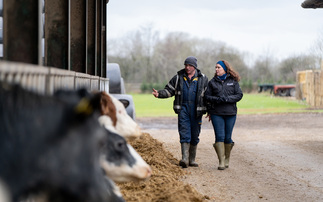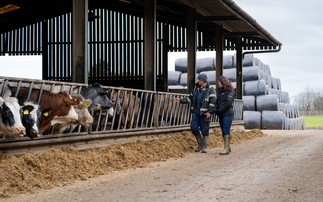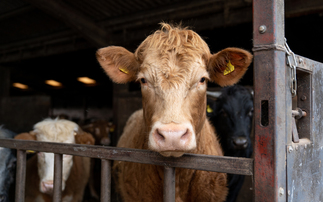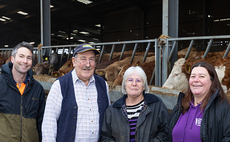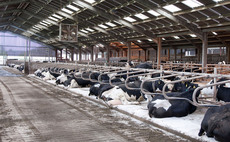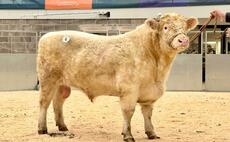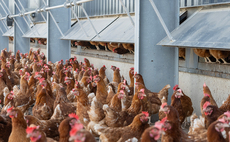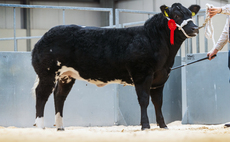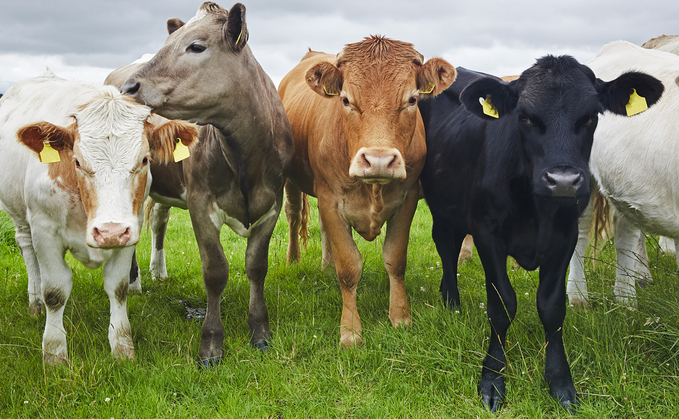
Assessing cattle for worm burdens before using a wormer can save money and time, as well as prevent unnecessary treatments that can drive wormer resistance.
In the spring and early summer, pooled faecal egg counts can be used in youngstock to provide anindication of the amount of worm eggs being shed onto the pasture.
The results can provide an indicator of when treatment is required to prevent heavy pasture contamination, but a low result may also allow treatment to be postponed.
Later in the season, regularly monitoring average daily live weight gain over the grazing season can help to indicate which young cattle are most likely to be carrying a worm burden, and allow you to intervene at the right moment, to protect growth and productivity.
At housing, a worm treatment for weaned calves and young cattle that have been at grass will be useful.
Using a wormer such as IVOMEC Classic Pour on or Injection that removes the encysted stages of Ostertagia ostertagi to prevent outbreaks of Type 2 Ostertagiosis, protects growth over the winter and supports young cattle to reach bulling or slaughter weight on target.
Grazed dairy cows can also be negatively impacted by gutworms, with reduced milk yield and impaired fertility an outcome of high worm burdens.
For lactating cows, a bulk milk test can detect antibodies to the gutworm Ostertagia ostertagi and the results will tell you whether the herd is experiencing a low, medium, or high worm challenge.
This can help you make appropriate treatment decisions at housing.






